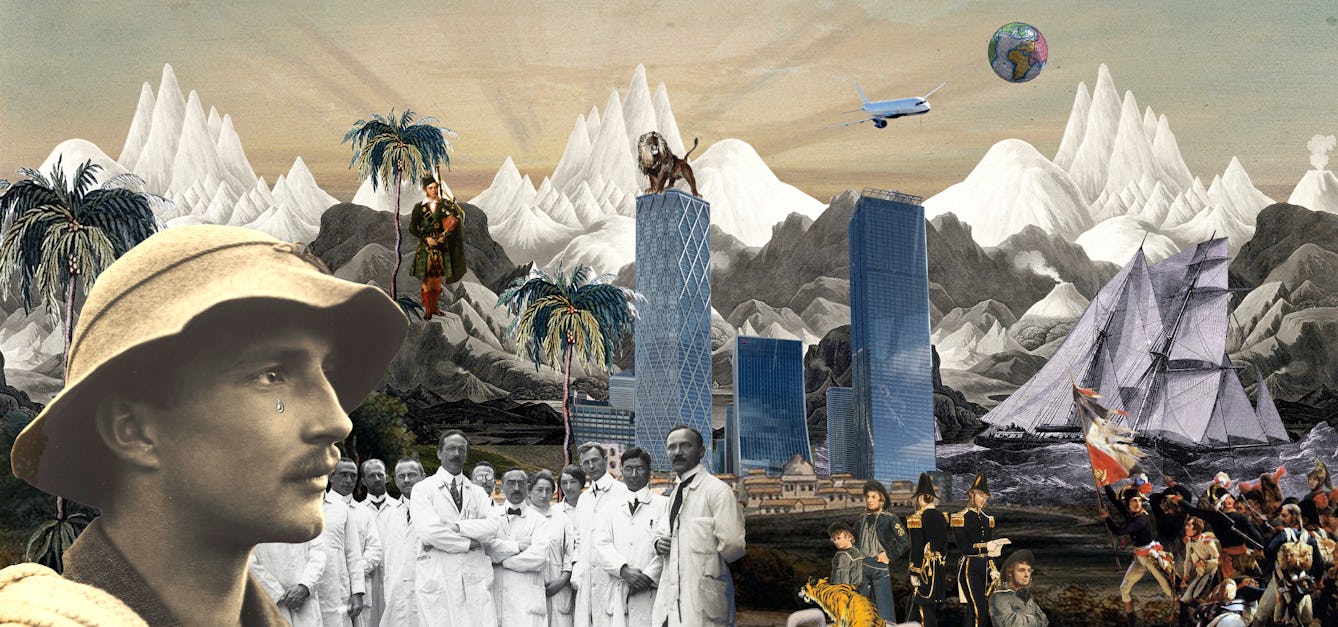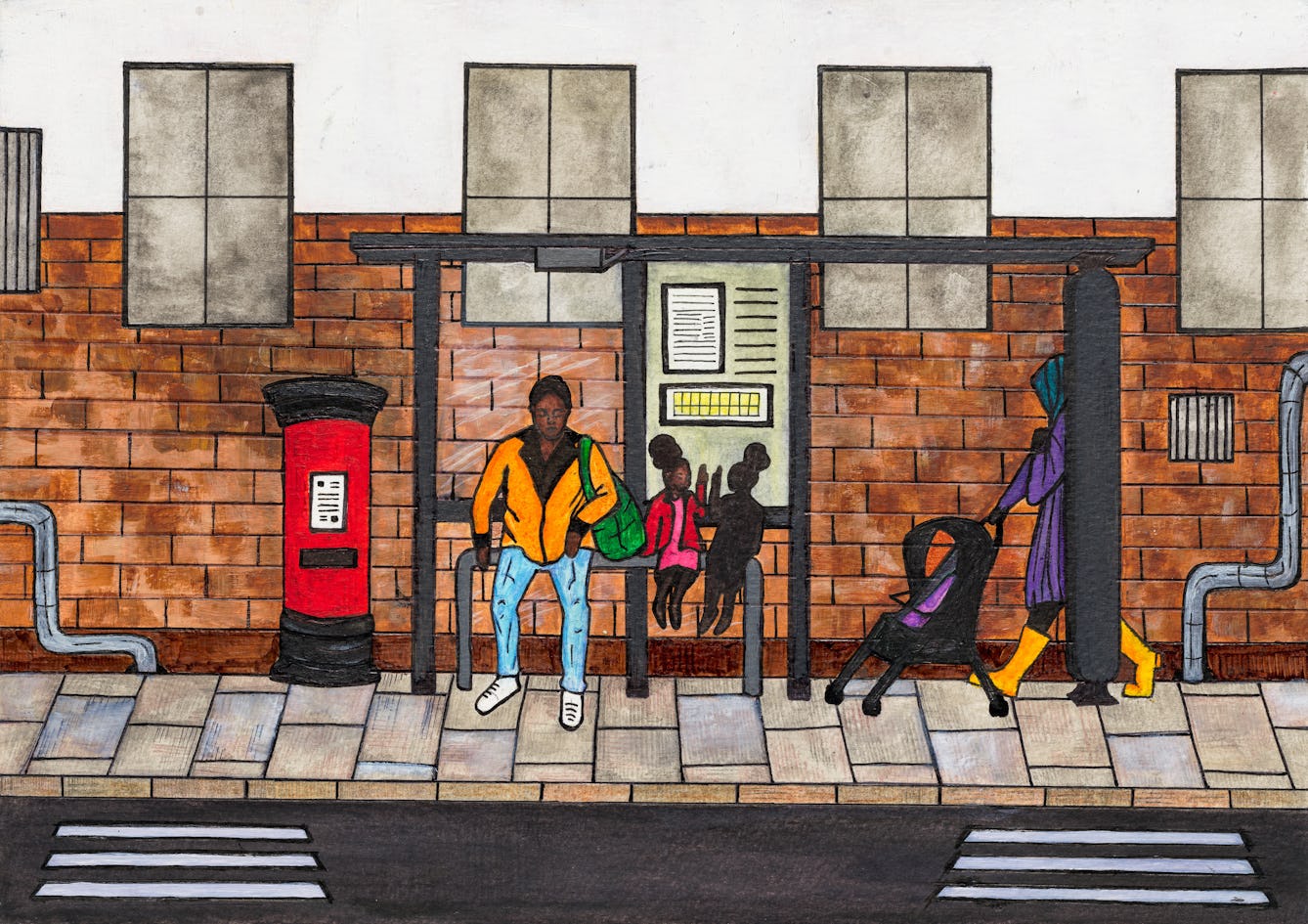Stories

- Article
The hidden history of homesickness
Gail Tolley delves into the history of homesickness and discovers that its rich past holds a clue to how we view the experience today.

- Article
We need less ‘sickle cell warriors’ and more allies
Rejecting the epithet “warrior”, Cheryl Telfer describes the pervasive effect sickle cell disease has on her life, and calls for more people to donate blood to help sicklers.

- Article
Chasing spring
Isabella Kaminski reflects on a transformative journey that saw her cycle the length of the UK, tracking the first signs of spring. She explores what the changing seasons can tell us about ourselves and the climate crisis.
Catalogue
- Books
Altitude and health / by F.F. Roget.
Roget, F. F. (François Frédéric), 1859-Date: 1919- Books
- Online
A new sett of logarithmic solar tables, calculated and constructed for determining the latitude at sea, by Taking two Altitudes either in the Forenoon or Afternoon, with the intermediate Time by a common Watch; and that with Ease and Accuracy, independent of the Sun's Meridional Altitude. This Most Excellent and Useful Performance, does not only produce the true Latitude at any Time between Nine O'Clock in the Morning, and Three in the Afternoon; but also gives the true Time of the Day, when the greatest Altitude was taken to thirty Seconds by the Tables; and if a greater Degree of Accuracy is required, the same may be done by taking Proportional Parts. Whence the Sun's true Azimuth may be determined by One single Proportion.
Date: 1759- Books
- Online
The theory and construction of Hadley's quadrant demonstrated: and also all the necessary directions given for adjusting the glasses, And using it for taking the Altitude of the Sun, Moon, and Stars, for Finding the Latitude at Sea. Illustrated by copper plate figures. To which is Added, Correct Tables of the Sun's Declination, with a Table of the Variation of the Sun's Declination In different Longitudes, a Table of Refraction, &c. &c.
Wright, Gabriel.Date: [1785?]- Books
The pathology of high altitude climate : with contributions to the climatology of highland regions and to the constitution of high altitude inhabitants / by A. Loewy and E. Wittkower.
Loewy, A. (Adolf), 1862-Date: 1937- Books
Low altitude hominoids at high altitude / John W. Eaton.
Eaton, J. W. (John W.)Date: 1981








![The components of an astrolabe (a medieval instrument, now replaced by the sextant, that was once used to determine the altitude of the sun or other celestial bodies); signed "HOC FACET [SIC] VIVES" an inscribed "DON. COLVBINUS. DE. ALFIANO. MONACUS. VALLIS. VMBROSE. VTEBATUR. MD.LXXII" meaning Don Columbino de Alfiano, Monk of Vallombrosa [in Tuscany, where there was a famous monastry] used [this], 1572.](https://iiif.wellcomecollection.org/image/M0017322/full/600%2C/0/default.jpg)
